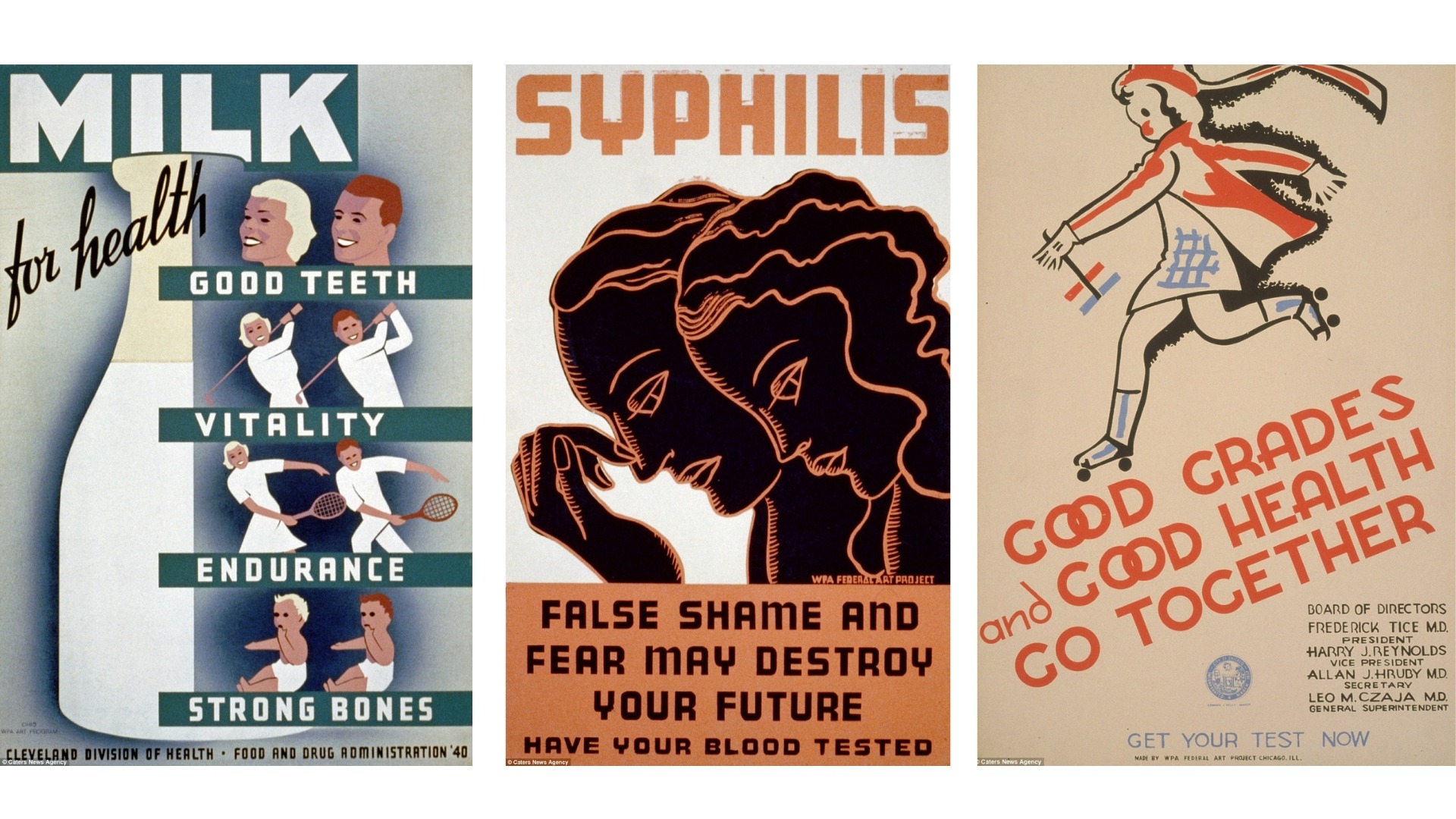Although Clubhouse was launched just under a year ago it is already valued at over $1 billion and its popularity is rapidly increasing. This iPhone-only, invite-only and audio-only social media platform remains fairly exclusive, but it is gradually being opened up to a wider audience. So how can it be harnessed by B2B tech companies as part of their pr and marketing strategies?
A voice-only platform: speaking opportunities at its best
Clubhouse allows B2B professionals to create or drop in on ‘rooms’ from which they can listen to the conversation or actively participate in chats that can vary from Q&As, to panel discussions, and business networking events. The range of topics covered in the rooms is rapidly growing and this, along with the appeal of a voice-only experience in a world drained by ‘Zoom Fatigue’, seems to be the secret to its popularity.
Build trust and drive the agenda
Clubhouse represents an excellent opportunity for B2B companies to enhance their reputation and credibility among listeners. It essentially bridges the gap between our personal and professional lives, allowing people to listen to and even talk directly with companies and their CEOs or other thought leaders. Being able to meaningfully connect with peers and potential customers or partners in this way can create a level of trust which might not be achievable on other professional platforms, such as LinkedIn.
Interact with B2B decision makers
The app provides an extremely effective platform for networking, collaboration and increasing brand exposure specifically among the very people they are trying to target whether they be consumers or professionals. When compared to other forms of social media, Clubhouse’s user demographic seems to be older and better educated meaning its more likely to enable interactions with senior level employees and key decision makers. Users with similar interests and expertise will be drawn or invited to the same rooms where they can easily be engaged with directly and much more quickly than traditional methods.
Unearth and respond to clients’ pain points
Furthermore, Clubhouse can be used in a social listening and market research capacity by allowing businesses to hear what is keeping clients or industry leaders up at night. The range of topics being discussed is staggering so unsurprisingly there are countless technology related clubs such as The Digital Transformation Club which has 27,200 followers, All Things Cyber Security with 700 followers and AI, Robotics and Automation with 5,200. B2B brands can leverage these insights to strengthen their positioning as a thought leader, by facilitating Q&A sessions with spokespeople, or sponsor rooms hosted by B2B influencers to address the pain points of their target audience.
No reward without risks
The ability to facilitate discussion, steer conversations and organically bring them back to your key messages is essential for a moderator and a speaker but the unstructured and unfiltered nature of the app can sometimes leave brands vulnerable. Therefore, we recommend that companies don’t venture into this unchartered territory alone but instead enlist the support of a B2B communications agency, whose pr experts can help negate these potential issues. For example, Elon Musk recently dropped into a room and grilled Robinhood Markets CEO, Vlad Tenev, who, to his credit, handled the situation well but this highlights the importance of being well prepared, which is where the value of media training, crisis management and a well-planned B2B marketing strategy for Clubhouse can prove vital. These tools will minimise the risks and allow you to reap the benefits of a platform that can facilitate discussions and off the cuff interactions with influential industry players like no other.
To sum up, Clubhouse should certainly be considered by B2B companies as a tool for mining information and to increase brand awareness and credibility. However, it is important to be mindful that the casual, unfiltered format can be a double-edged sword with a few potential risks, but these can easily be prevented by good preparation and planning.
By Harry B.

